Ellen Kuras has an uncanny ability to weave visual poetry on the silver screen.
Her cinematography fills each frame with a palpable emotion that’s hard to shake off.
From indie darlings to blockbuster hits, Kuras’s versatility behind the camera has given us some unforgettable cinematic experiences.
We’re diving into the eight best movies that showcase her extraordinary talent and unique vision.
1. “Swoon” (1992)
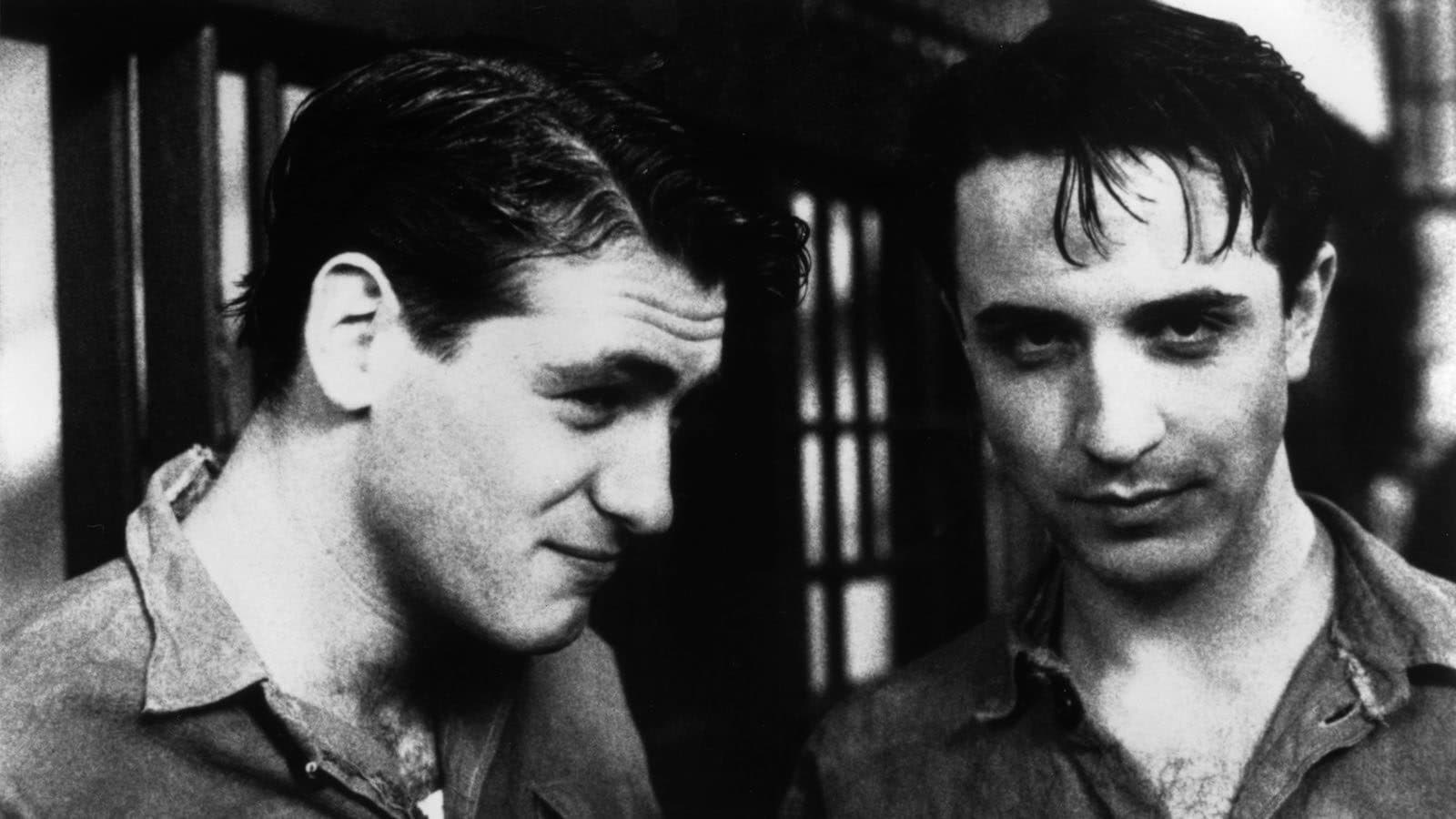

Swoon
Love gone mad. History gone bad.
1992 • 1h 33min • ★ 5.8/10
Directed by: Tom Kalin
Cast: Daniel Schlachet, Craig Chester, Ron Vawter, Michael Stumm, Valda Z. Drabla
Teenagers Nathan Leopold Jr. and Richard Loeb share a dangerous sexual bond and an amoral outlook on life. They spend afternoons breaking into storefronts and engaging in petty crimes, until the calculating Nathan ups the ante by kidnapping, and murdering, a young boy.
Ellen Kuras’s debut feature film as a cinematographer, Swoon, should be recognized not just for its storytelling but also for its groundbreaking visual style.
It’s a film that truly signaled the arrival of a bold, new talent in the world of cinematography.
The movie recounts the infamous Leopold and Loeb murder case of the 1920s, and Kuras’s work on the film earned her the Sundance Film Festival Award for Best Cinematography.
Her use of black and white film stock not only pays homage to the era the film is set in but also creates a stark, contrasting palette that amplifies the psychological depth of the characters.
Swoon is a prime example of how Kuras’s nuanced, inventive approach to lighting and composition can elicit a deep emotional response from viewers.
The lighting techniques she employed in Swoon are a testament to her ability to manipulate mood and atmosphere.
Each frame of Swoon is meticulously crafted, ensuring that the visuals are as compelling as the narrative itself.
This approach to storytelling through cinematography is what sets Kuras apart from her contemporaries.
By choosing to shoot in black and white, Kuras was able to focus on the interplay of shadows and light, an element that became one of her signature styles.
Her decision to work with director Tom Kalin to emphasize the aesthetic over the lurid details of the crime was a bold move that paid off.
It’s no wonder that Swoon remains a must-watch for those studying film and cinematography.
Through Swoon, viewers can witness Kuras’s early mastery of the cinematic craft, a prowess that would only grow with each subsequent project.
Her collaboration with Kalin resulted in a film that is visually haunting and yet undeniably beautiful.
Swoon stands as a testament to Kuras’s innovative vision and her ability to tell a story that’s visually transcendent.
2. “The Midwife” (2017)
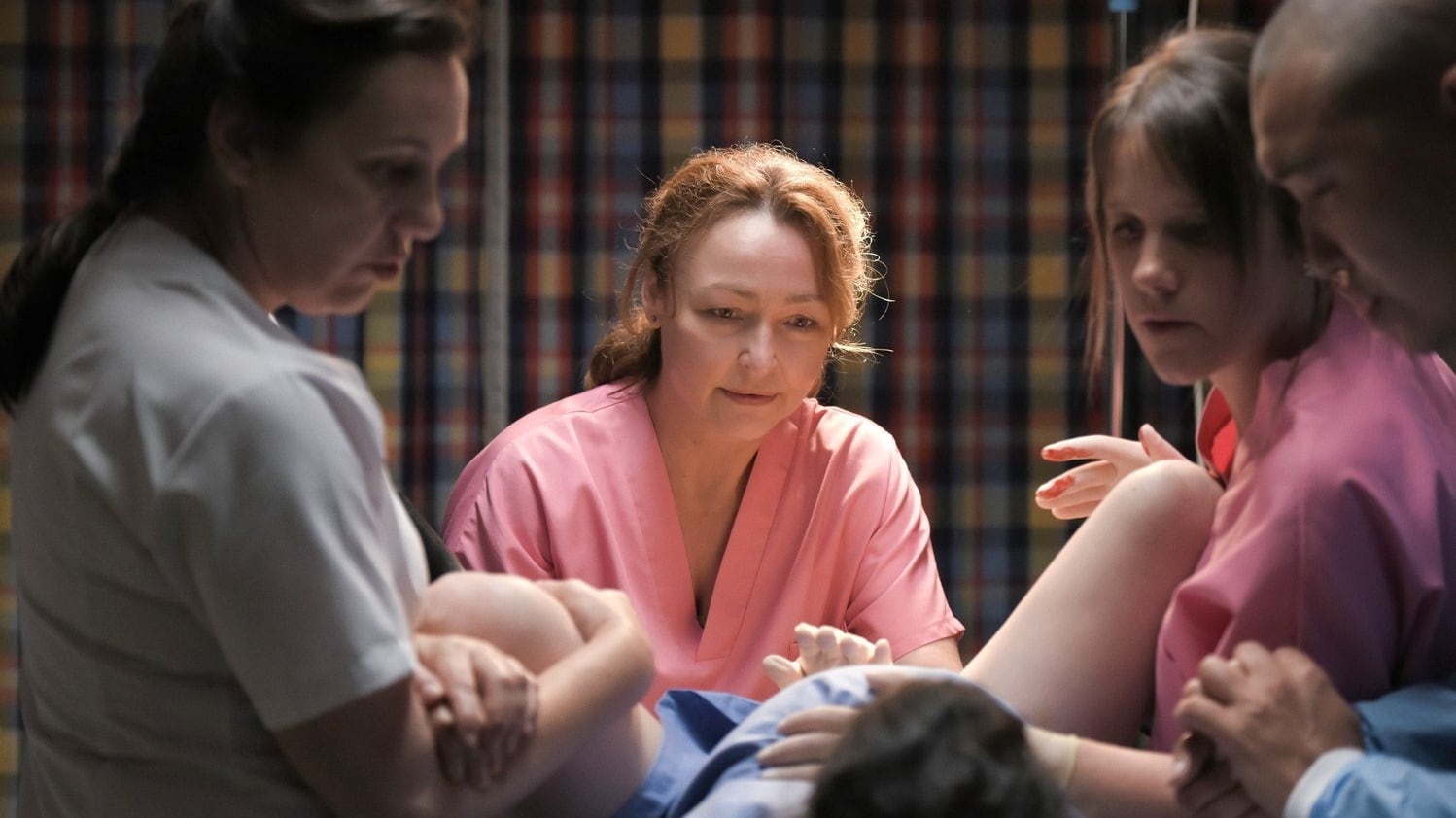
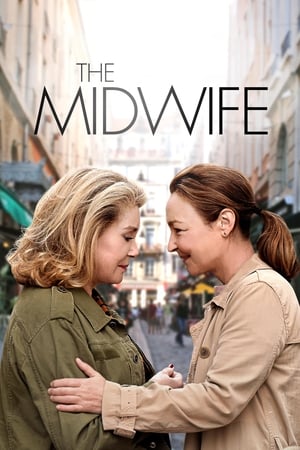
The Midwife
2017 • 1h 57min • ★ 6.126/10 • Belgium
Directed by: Martin Provost
Cast: Catherine Frot, Catherine Deneuve, Olivier Gourmet, Quentin Dolmaire, Mylène Demongeot
Claire is a midwife and has devoted her life to others. At a moment when she is preoccupied by the imminent closure of the maternity clinic where she works, her life is further turned upside down when Béatrice, her father's former mistress, turns up on the scene. Béatrice is a capricious and selfish woman, Claire's exact opposite.
Eclipsing the visual storytelling of many contemporaries, Ellen Kuras’s work in The Midwife captures the nuanced narrative of life, loss, and reconciliation with her trademark visual eloquence.
In this poignant narrative, the cinematography plays a pivotal role in unravelling the emotional tapestry of the characters.
The color palette in The Midwife is intentionally subdued, underscoring the film’s thematic concerns of maternity and the complexities of motherhood.
If you like Ellen Kuras’s performances, on our sister site AuteurGraph we have a profile page, a visual film timeline, and a ratings page that gives a tonne of info and data about their career in a visualized form.
Kuras harnesses naturalistic lighting to accentuate the raw emotions on screen, inviting viewers to engage with the story on a more intimate level.
Our exploration of Kuras’s filmography would definitely highlight:
- Her adept use of color grading to reflect the film’s mood,
- Lighting that creates depth and focus on character development.
Kuras’s partnership with director Martin Provost proved transformative, bringing about a synergy that uncovers the subtleties of human connections.
It is in the deliberate framing of each scene, where Kuras’s expertise is most evidently showcased, marrying visual imagery with the narrative’s tone seamlessly.
In dissecting the artistry behind The Midwife, film enthusiasts fall privy to Kuras’s incredible ability to convey complex relationships.
Her work not only strengthens the story but also reinforces her position as a leader in the realm of cinematic expression.
3. “Eternal Sunshine of the Spotless Mind” (2004)

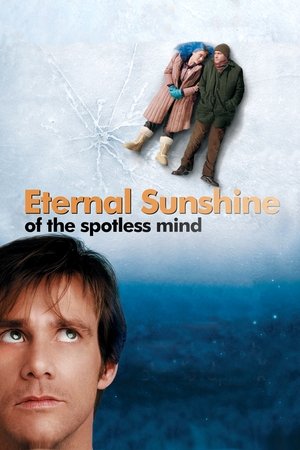
Eternal Sunshine of the Spotless Mind
You can erase someone from your mind. Getting them out of your heart is another story.
2004 • 1h 48min • ★ 8.092/10 • United States of America
Directed by: Michel Gondry
Cast: Jim Carrey, Kate Winslet, Kirsten Dunst, Mark Ruffalo, Elijah Wood
Joel Barish, heartbroken that his girlfriend underwent a procedure to erase him from her memory, decides to do the same. However, as he watches his memories of her fade away, he realises that he still loves her, and may be too late to correct his mistake.
Eternal Sunshine of the Spotless Mind stands as a testament to Ellen Kuras’s versatility and keen eye for capturing the essence of a story through the lens.
Her work on this film brought to life the haunting beauty of memory and the pain of loss, complementing director Michel Gondry’s nuanced storytelling.
We observe that Kuras’s cinematography in Eternal Sunshine skillfully balances a surreal, dream-like quality with moments of raw, emotional realism.
The visual narrative crafts a labyrinth where the characters’ memories intertwine and fade, a challenge Kuras meets with an adept use of dynamic lighting and camera movement.
The film’s distinct visual elements reflect the complex emotions its characters experience:
- The blurring of reality and imagination – using soft focus and unique lighting techniques,
- Achieving a hand-held, intimate feel in certain scenes – fostering a personal connection with the audience,
- Innovative transitions depicting memory dissolution – creatively using in-camera effects rather than leaning on post-production.
Ellen Kuras’s expertise becomes particularly evident in scenes where the surreal and the mundane collide.
In these instances, her use of color and contrast tells a story beyond the script, mirroring the turmoil and tenderness the characters endure.
Engaging with Eternal Sunshine, viewers can’t help but appreciate the partnership between Kuras and Gondry.
Together, they create cinematic moments that are visually arresting yet poignantly understated – marking this movie as a cornerstone in contemporary filmmaking.
4. “Blow” (2001)
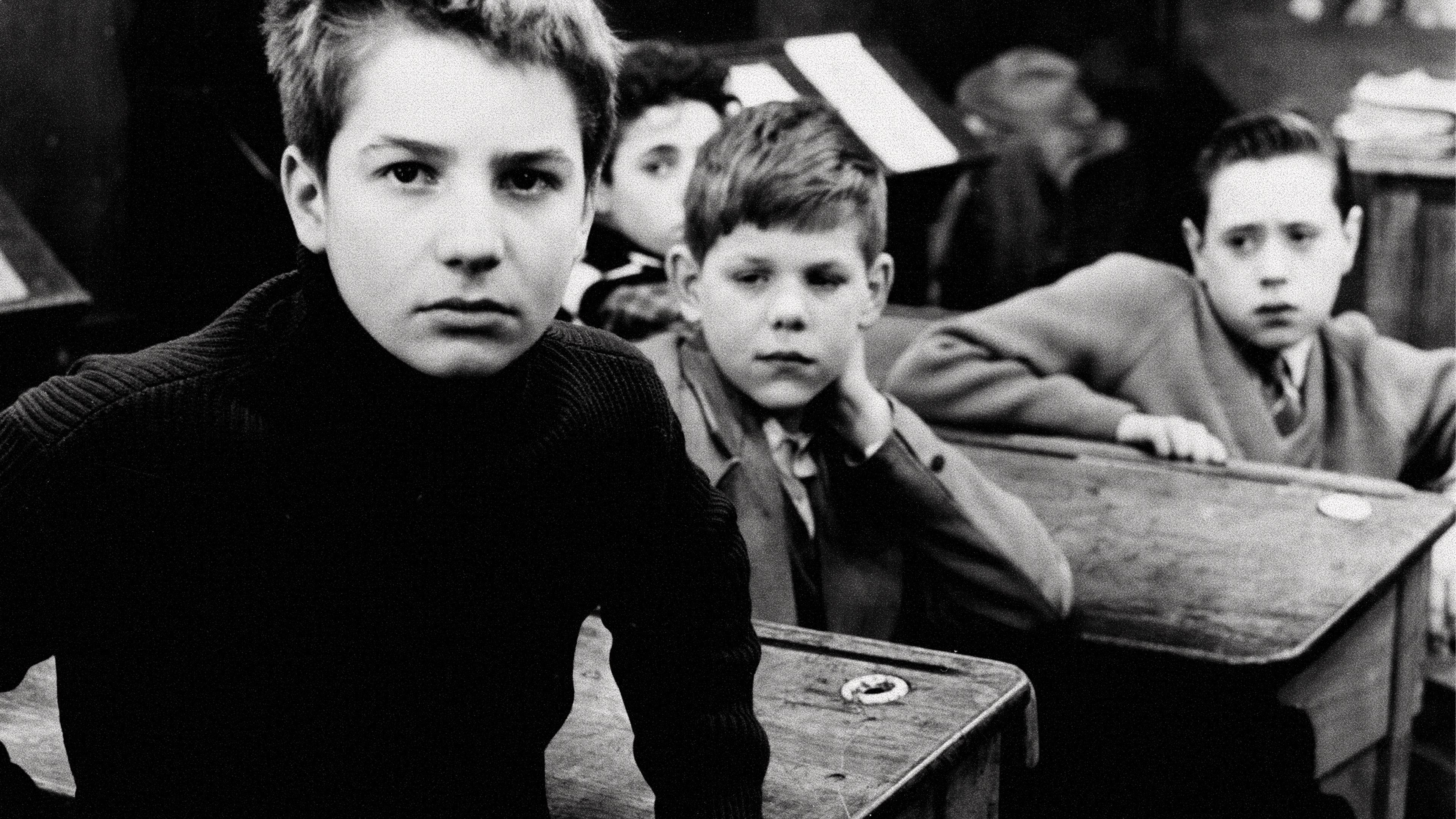
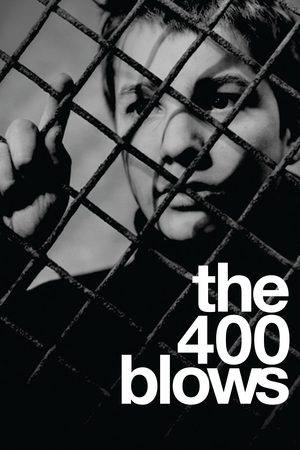
The 400 Blows
Angel faces hell-bent for violence.
1959 • 1h 39min • ★ 8.026/10 • France
Directed by: François Truffaut
Cast: Jean-Pierre Léaud, Claire Maurier, Albert Rémy, Georges Flamant, Patrick Auffay
For young Parisian boy Antoine Doinel, life is one difficult situation after another. Surrounded by inconsiderate adults, including his neglectful parents, Antoine spends his days with his best friend, Rene, trying to plan for a better life. When one of their schemes goes awry, Antoine ends up in trouble with the law, leading to even more conflicts with unsympathetic authority figures.
In Ellen Kuras’ filmography, Blow emerges as a cinematic gem that weaves a compelling visual narrative.
The 2001 biopic captures the tumultuous life of drug smuggler George Jung with an artful mix of vibrant and somber tones that feel incredibly authentic.
Kuras’ cinematography in Blow is characterized by its inventive style and her impeccable attention to period detail.
It’s apparent that Kuras meticulously selected her visual approach to ensure the film not only tells Jung’s story but also encapsulates the spirit of the era.
We find that Kuras’ use of lighting in Blow distinctly enhances the emotional depth of the scenes.
Dynamic contrasts and expressive color palettes underscore the highs and lows of Jung’s journey through the drug trade.
The film benefits from her ability to:
- Craft scenes with attention to natural light – preserving the film’s historical authenticity.
- Use expressive color palettes that reflect the emotional undertones of the narrative.
The inclusion of raw, gritty elements allows audiences to fully engage with the realities of Jung’s life.
Kuras manages to balance starkness and beauty, a juxtaposition that mirrors the complexities of Jung’s world.
The cinematic language she employs is fluid and ever-adapting, making each scene a distinct piece of storytelling in itself.
With our understanding of filmmaking and visual storytelling, it’s clear that Blow stands as a testament to Ellen Kuras’ diverse capabilities as a cinematographer.
Her technical prowess and creative intuition shine through the varied landscapes and time periods the film touches upon.
It’s her skill in translating script to screen that infuses each frame with palpable emotion and narrative gravity.
5. “I Shot Andy Warhol” (1996)
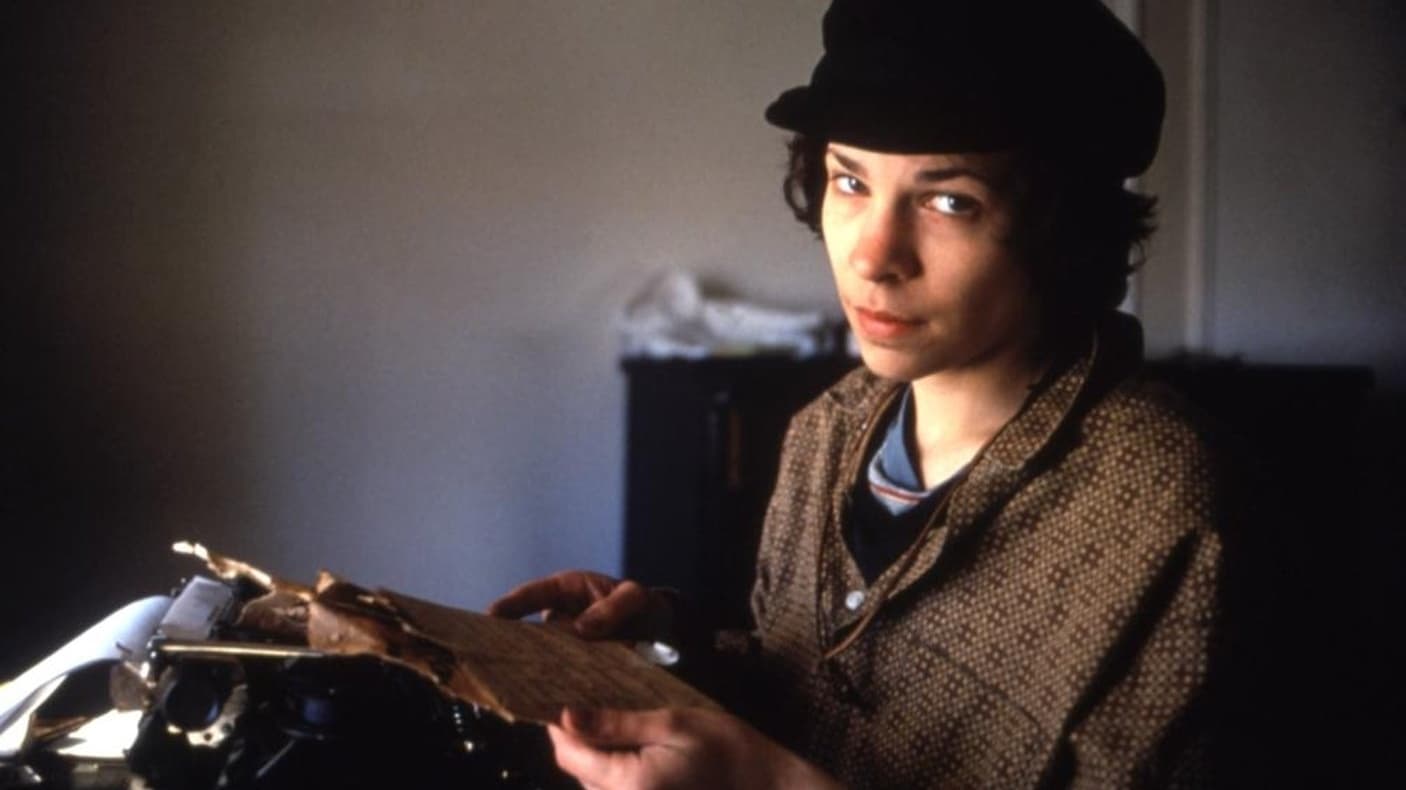
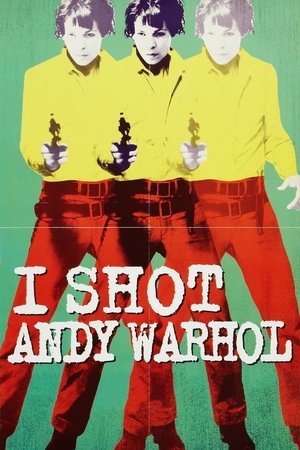
I Shot Andy Warhol
You only get one shot at fame.
1996 • 1h 43min • ★ 6.198/10 • United Kingdom
Directed by: Mary Harron
Cast: Lili Taylor, Jared Harris, Martha Plimpton, Lothaire Bluteau, Anna Thomson
Based on the true story of Valerie Solanas who was a 1960s radical preaching hatred toward men in her "Scum" manifesto. She wrote a screenplay for a film that she wanted Andy Warhol to produce, but he continued to ignore her. So she shot him. This is Valerie's story.
Ellen Kuras’s remarkable ability to create a riveting visual narrative is evident in her work on I Shot Andy Warhol.
The 1996 film, directed by Mary Harron, showcases Kuras’s talent in translating complex characters and real-life events into captivating imagery.
Her cinematography serves as an essential storytelling tool, immersing us in the chaotic world of Valerie Solanas and her obsession with Warhol.
Kuras’s shots are a blend of grit and artistry, reflecting the raw essence of the 1960s avant-garde scene.
I Shot Andy Warhol is a bold exploration of identity, fame, and radical thoughts.
By employing a visceral style, Kuras helps us to grasp the protagonistic tension building towards a historical climax.
Kuras uses a variety of techniques to represent the era accurately:
- Natural lighting captures the authenticity of the characters’ environment,
- Handheld camera work intensifies the sense of personal turmoil and social upheaval,
- Meticulously chosen color schemes echo the vibrant yet tumultuous spirit of the time.
The dynamic between Kuras and Harron is palpable, resulting in a film that feels both intimate and groundbreaking.
Their collaboration allows us to experience a slice of history through a lens that is intensely personal yet universally resonant.
6. “Personal Velocity: Three Portraits” (2002)
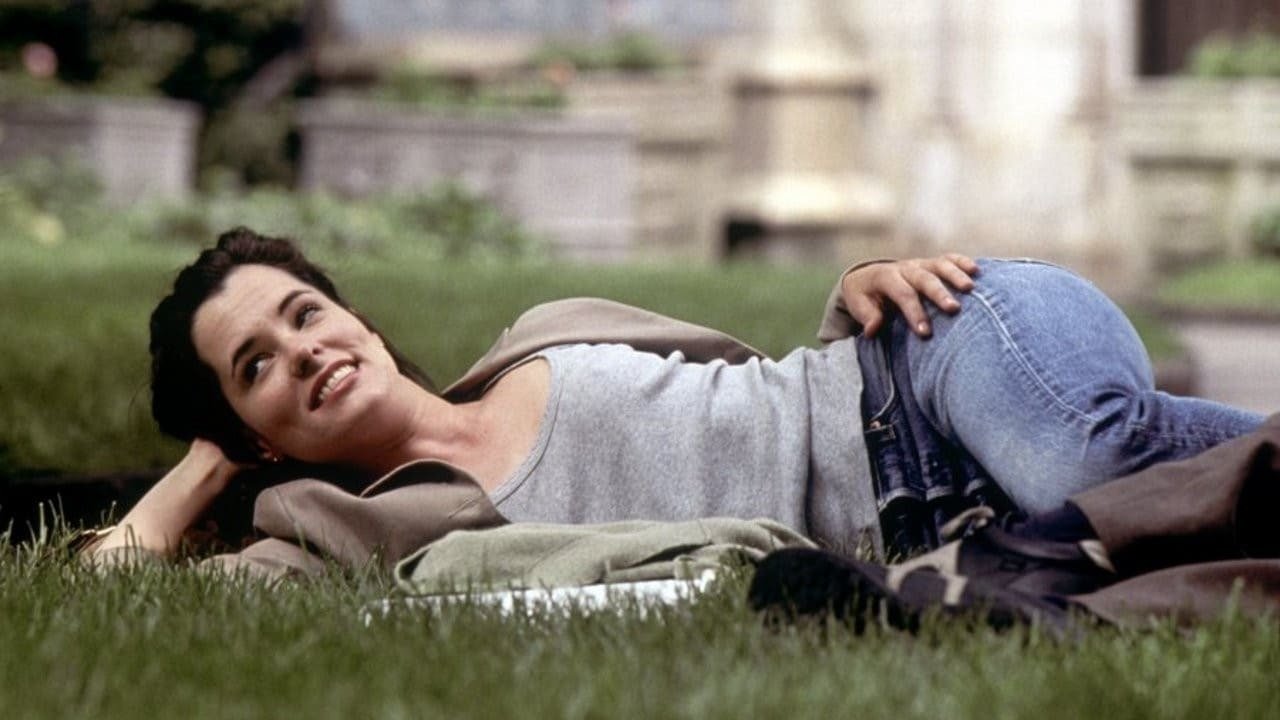
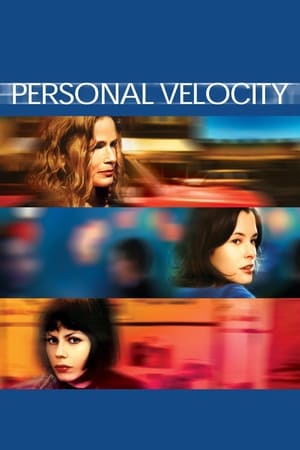
Personal Velocity
Three portraits.
2002 • 1h 26min • ★ 5.8/10 • United States of America
Directed by: Rebecca Miller
Cast: Kyra Sedgwick, Parker Posey, Fairuza Balk, John Ventimiglia, Ron Leibman
In a series of three vignettes, three women in turn struggle to free themselves from the men who restrict their personal freedom.
Ellen Kuras’s cinematography in Personal Velocity takes a sharp turn from her previous works, encapsulating the essence of three disparate narratives in one feature.
This film, directed by Rebecca Miller, is a testament to Kuras’s agility in tailoring her visual storytelling to enhance the film’s triptych structure.
We witness Kuras’s genius in capturing the raw, gritty texture of life through her attentiveness to natural light and movement.
The distinct visual rhythm she crafts in Personal Velocity adds a layer of depth to each story, pushing the boundaries of conventional filmmaking.
Personal Velocity’s visual approach serves as a character in its own right –
- Enforcing the mood of each narrative segment,
- Reflecting the internal struggles of the film’s protagonists.
Kuras’s work on the film underscores our belief in the power of cinema to provide a multi-faceted look at human experiences.
Her craftsmanship shines through in the seamless transitions from one tale to the next, maintaining a cohesive visual language throughout.
Ellen Kuras’s collaboration with Rebecca Miller pinpoints her versatility.
Their partnership allows for a harmonious blend of narrative and visual poetry, reflecting the complexities of the characters’ lives in a stylistically unique and compelling manner.
In Personal Velocity, Kuras’s ability to convey emotion through the camera is pivotal.
The impact of her decisions on lensing and framing leads audiences into the intimate spaces of the characters’ worlds, encouraging a visceral connection through each frame.
7. “Be Kind Rewind” (2008)
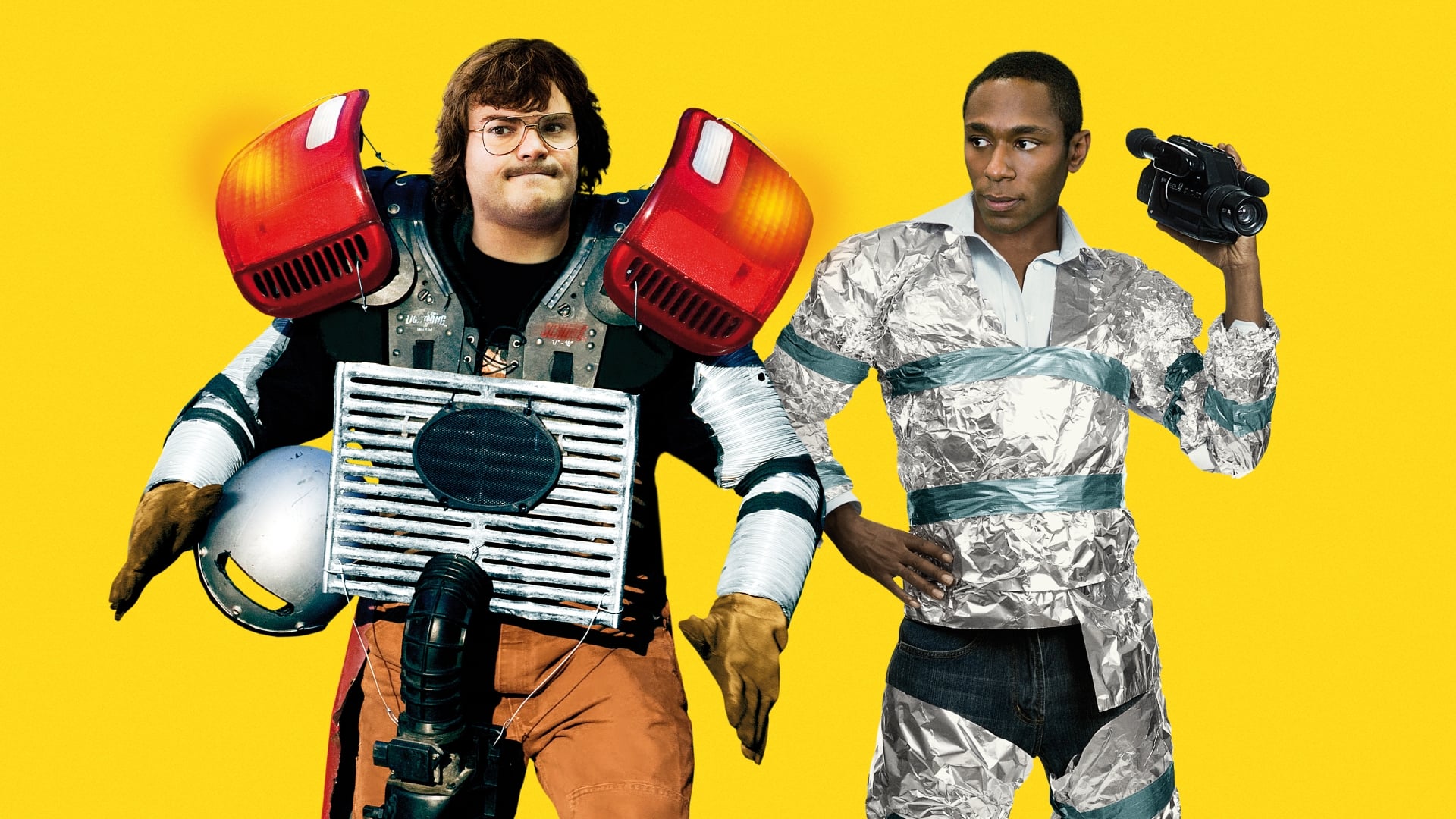
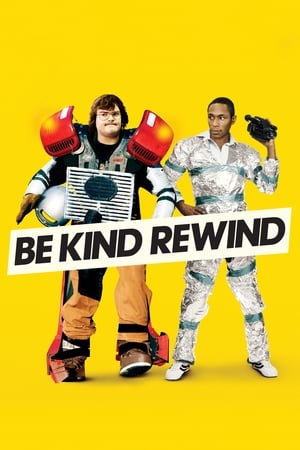
Be Kind Rewind
You name it, we shoot it.
2008 • 1h 42min • ★ 6.309/10 • United States of America
Directed by: Michel Gondry
Cast: Jack Black, Yasiin Bey, Danny Glover, Mia Farrow, Melonie Díaz
A man whose brain becomes magnetized unintentionally destroys every tape in his friend's video store. In order to satisfy the store's most loyal renter, an aging woman with signs of dementia, the two men set out to remake the lost films.
Immersing ourselves in the whimsical world of Be Kind Rewind, we’re treated to an entirely different facet of Ellen Kuras’s cinematographic expertise.
Our journey with her so far has spanned a wide array of visual storytelling techniques, and this 2008 film serves as a testament to her adaptable style.
Kuras’s work here takes a left turn from the gritty realism of previous films, and instead plays into the fantastical narrative concocted by director Michel Gondry.
The unique ‘sweded’ films within the movie are a playground for creative cinematography, with Kuras adeptly navigating between various film genres and styles.
Be Kind Rewind also highlights Kuras’s ability to balance comedy and sentimentality.
While ensuring the visual gags land with pinpoint precision, she never loses sight of the heartwarming undertones important to Gondry’s film.
The fluid camera movements and inventive shot compositions in Be Kind Rewind allow us to fully immerse in the film’s quirky essence.
Kuras’s skill ensures the visual humor is as engaging as the script itself, making every scene a delightful watch.
Our exploration of Be Kind Rewind showcases Kuras’s versatility in harnessing different filmmaking techniques:
- Crafting visuals that reinforce the comedic elements,
- Adapting her cinematographic style to various in-film genres,
- Maintaining the emotional core through the humorous veneer.
This film stands as further proof not just of Kuras’s technical proficiency, but also of her ability to infuse each frame with an infectious energy.
Watch Be Kind Rewind, and you’ll understand how Kuras can make us feel the joyous pulse of a film just through her masterful use of the camera.
With Kuras behind the lens, it’s clear that our connection to the characters and the story is not just via the script but also through the captivating visuals that she crafts with meticulous detail.
8. “Rachel Getting Married” (2008)

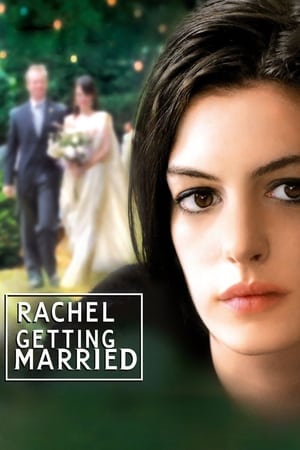
Rachel Getting Married
The perfect weekend for a wedding… but the storm is coming.
2008 • 1h 53min • ★ 6.277/10 • United States of America
Directed by: Jonathan Demme
Cast: Anne Hathaway, Rosemarie DeWitt, Bill Irwin, Debra Winger, Tunde Adebimpe
A young woman who has been in and out from rehab for the past 10 years returns home for the weekend for her sister's wedding.
Rachel Getting Married is a film that stands out in Ellen Kuras’s outstanding filmography for its raw, documentary-style cinematography.
We can witness Kuras’s knack for intimate storytelling as she captures the nuances of a family’s fraught dynamics against the backdrop of a wedding celebration.
The handheld camera work in Rachel Getting Married creates a sense of immediacy and realism.
It’s like we’re guests ourselves, eavesdropping on private moments and heartfelt confrontations, which speaks volumes about Kuras’s ability to blend into the emotional fabric of a scene.
Kuras’s expertise is evident in her approach to lighting and composition.
Each shot is thoughtfully crafted to elevate the complex characters and the emotional weight they carry.
The authenticity she brings to the screen is a testament to her dedication and artistic sensibility.
Working alongside director Jonathan Demme, Kuras explores the themes of forgiveness and familial bonds.
Their collaboration results in a visual narrative that’s as chaotic and unpredictable as the story it tells.
It’s clear that her cinematographic choices are crucial in driving the film’s narrative forward.
At Filmmaking Lifestyle, we dive deep into the elements that make films resonate with their audiences.
With Rachel Getting Married, Ellen Kuras demonstrates her versatility:
- Mastering a documentary feel with precision,
- Infusing every frame with palpable emotion.
Ellen Kuras’s contribution to this film cements her reputation as a cinematographer capable of telling stories through compelling visual language.
Her work on Rachel Getting Married is yet another example of her exceptional talent in the realm of filmmaking.
Top 8 Ellen Kuras Cinematic Gems You Must Watch – Wrap Up
We’ve explored the brilliance of Ellen Kuras through some of her most evocative works.
Her dynamic range and adeptness at storytelling have consistently impressed both critics and audiences alike.
From the raw, emotional depths of “Rachel Getting Married” to the quirky charm of “Be Kind Rewind,” Kuras’s cinematographic prowess sets her apart.
Her ability to capture the essence of each narrative with her lens ensures that each film is not just watched but felt.
As we reflect on her impressive filmography, it’s clear that Kuras’s visual storytelling is as unforgettable as the movies themselves.
Frequently Asked Questions
What notable films has Ellen Kuras worked on as a cinematographer?
Ellen Kuras has contributed her cinematography to films like “Eternal Sunshine of the Spotless Mind,” “Blow,” “I Shot Andy Warhol,” “Personal Velocity: Three Portraits,” “Be Kind Rewind,” and “Rachel Getting Married.
“
How does Ellen Kuras adapt her style to different films?
Ellen Kuras showcases her versatility by adapting her cinematographic style to suit the genre and storytelling techniques of various films, whether it’s enhancing comedic elements or capturing the emotional core of the story.
What is special about Ellen Kuras’s work in “Rachel Getting Married”?
In “Rachel Getting Married,” Kuras employs a raw, documentary-style approach to capture intimate and nuanced portrayals of a family’s dynamics during a wedding, demonstrating her ability to create a compelling visual narrative that complements the film’s chaotic and emotional storyline.
How does Ellen Kuras’s expertise influence her films?
Kuras’s expertise in lighting and composition highlights complex characters and emotional depth, thereby crafting visuals that not only serve the story but also drive the film’s narrative forward.
What does Ellen Kuras’s cinematography contribute to storytelling?
Ellen Kuras’s cinematography tells stories through her compelling visual language.
She is known for capturing the essence of a film’s narrative, which enhances character development and the overall emotional impact on the audience.






